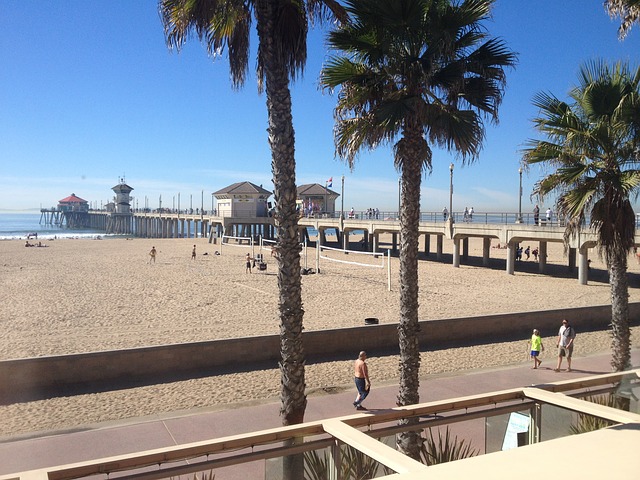Record radiation levels from the Fukushima power plant have been recorded off the coast of southern California. Radioactive cesium was measured on a beach between San Diego and Los Angelos. The nuclear waste was detected in early April 2015, meaning toxic levels of radiation have been plaguing the West Coast since early spring.1,2
